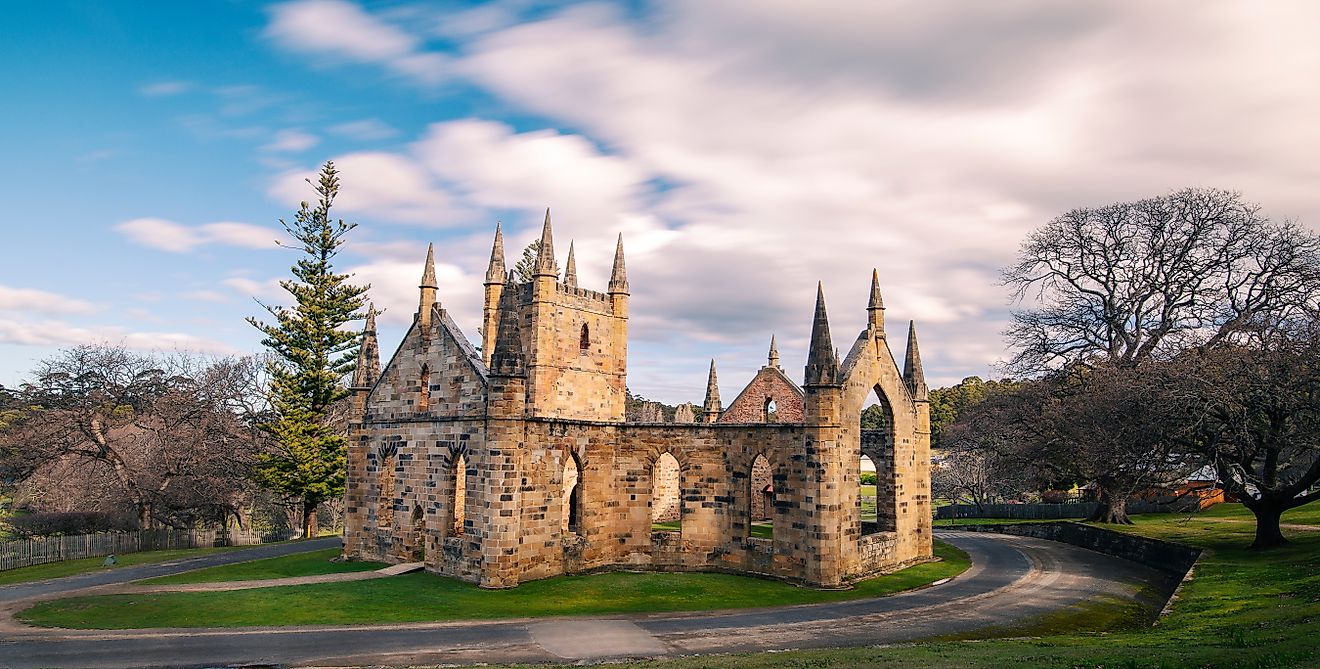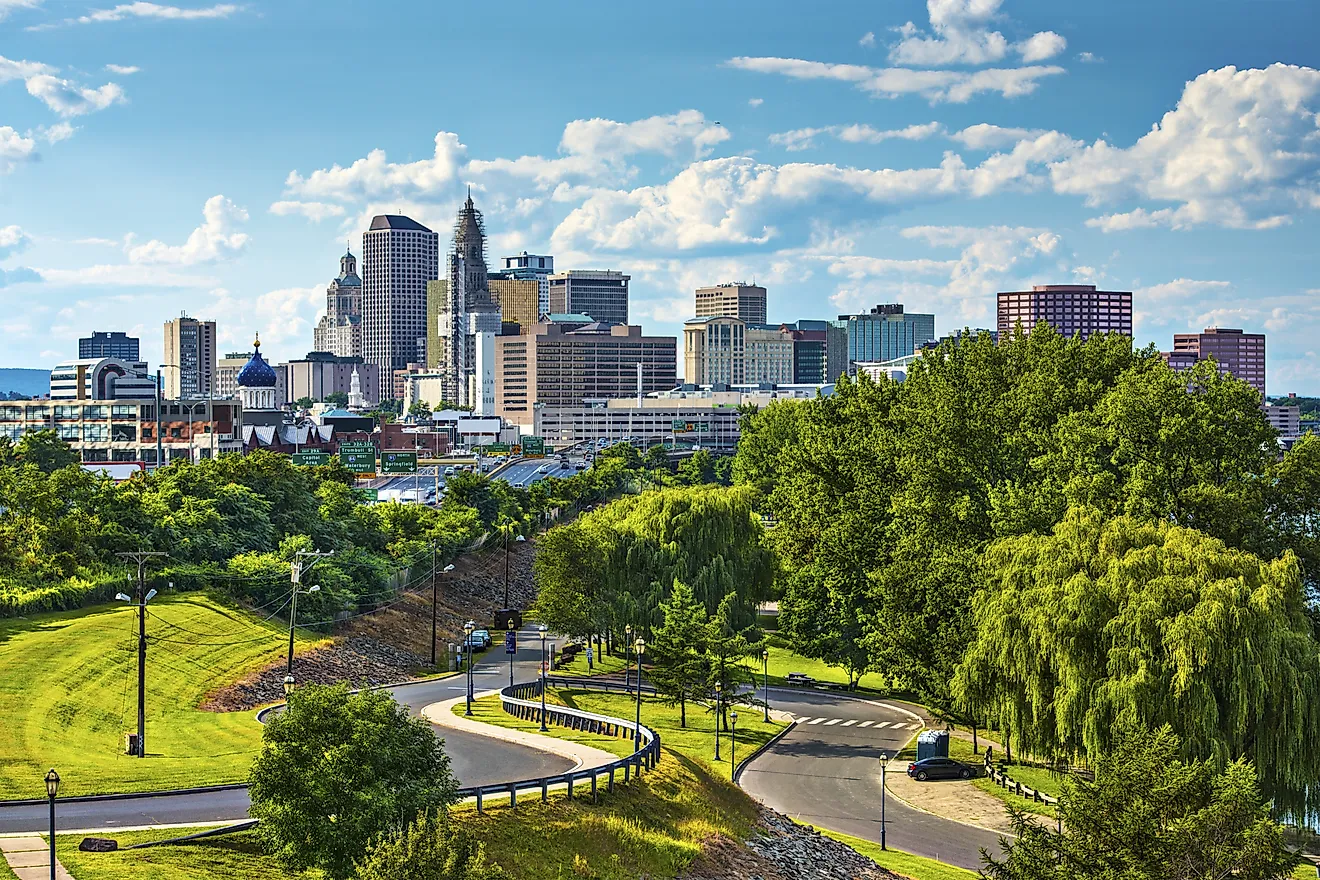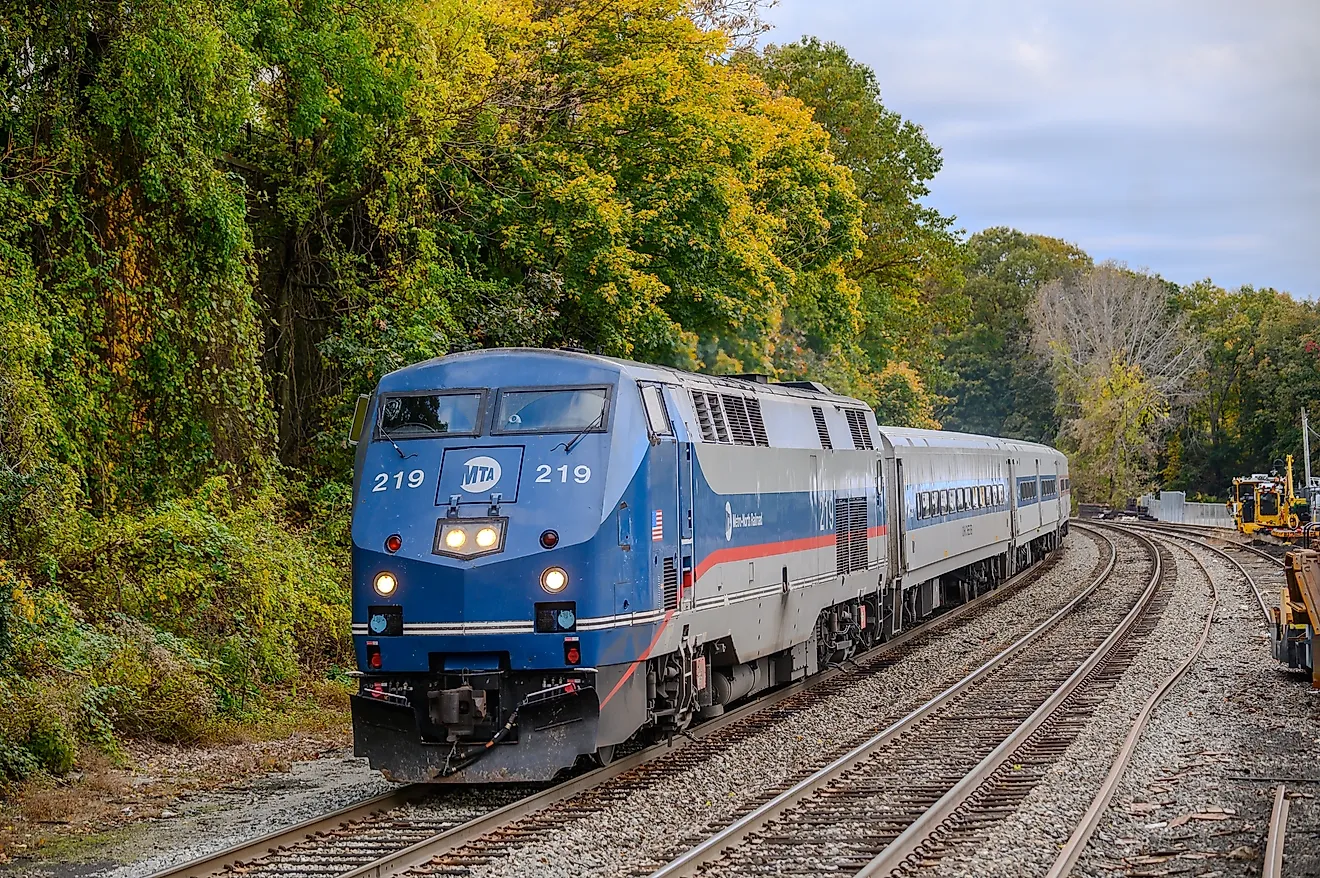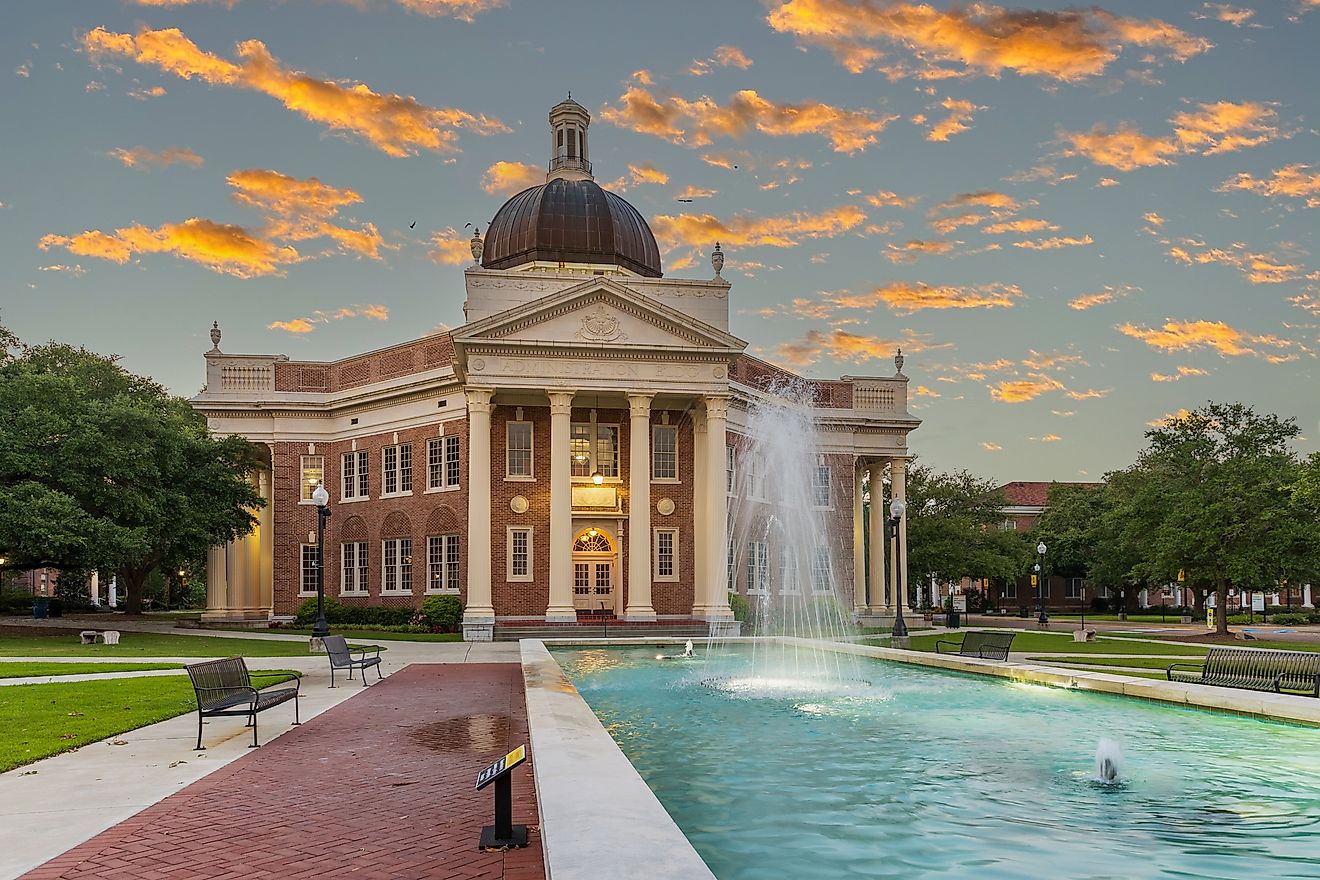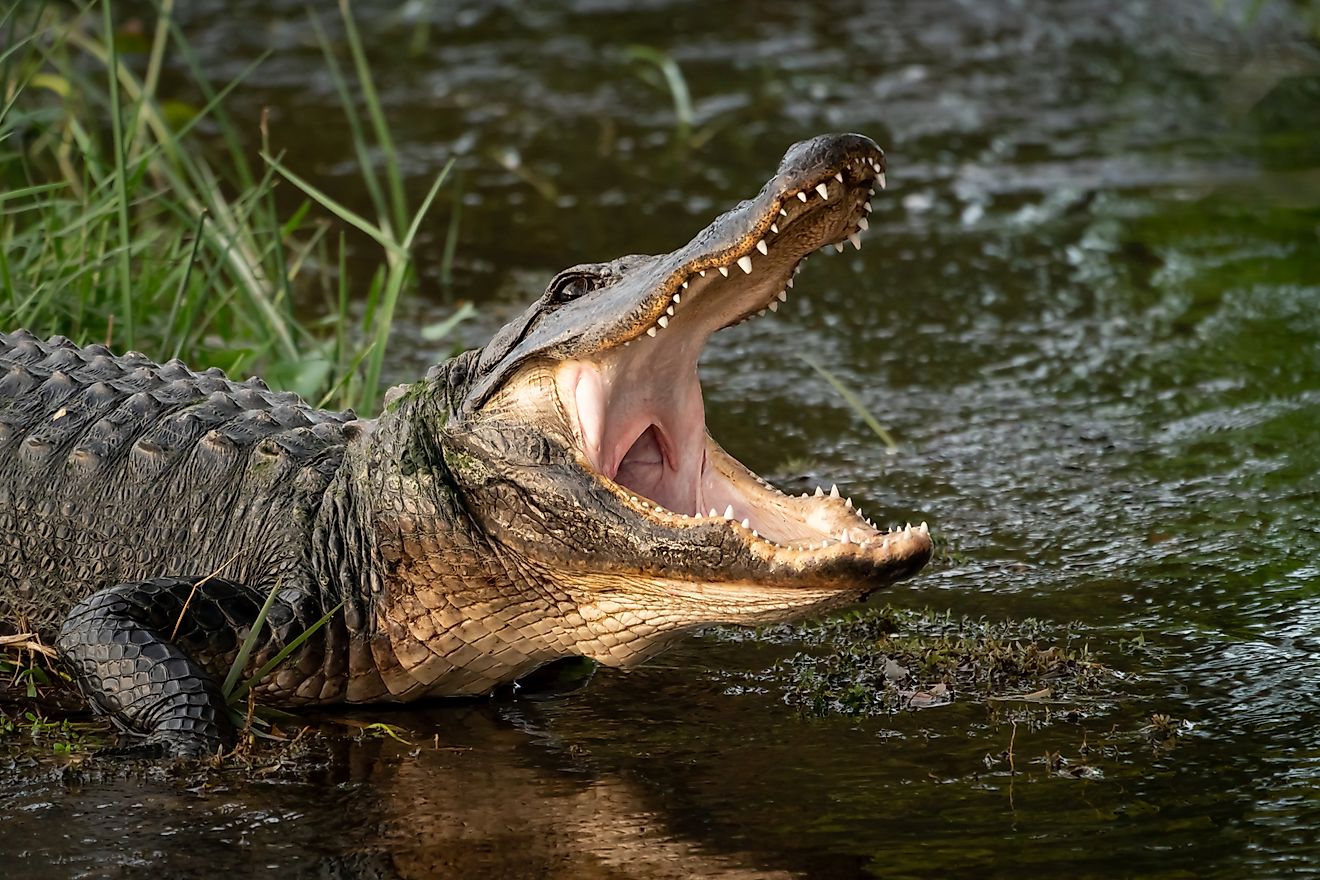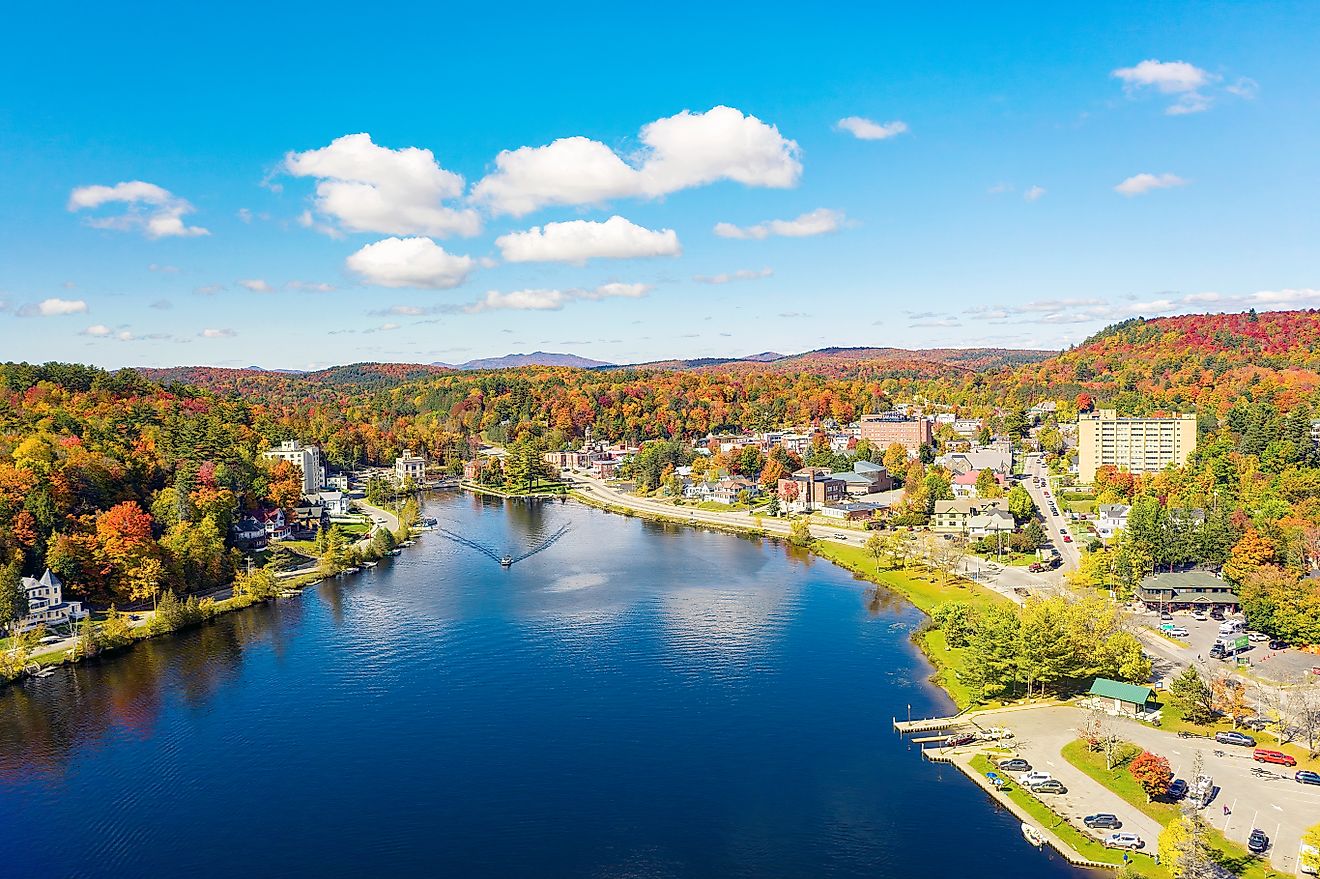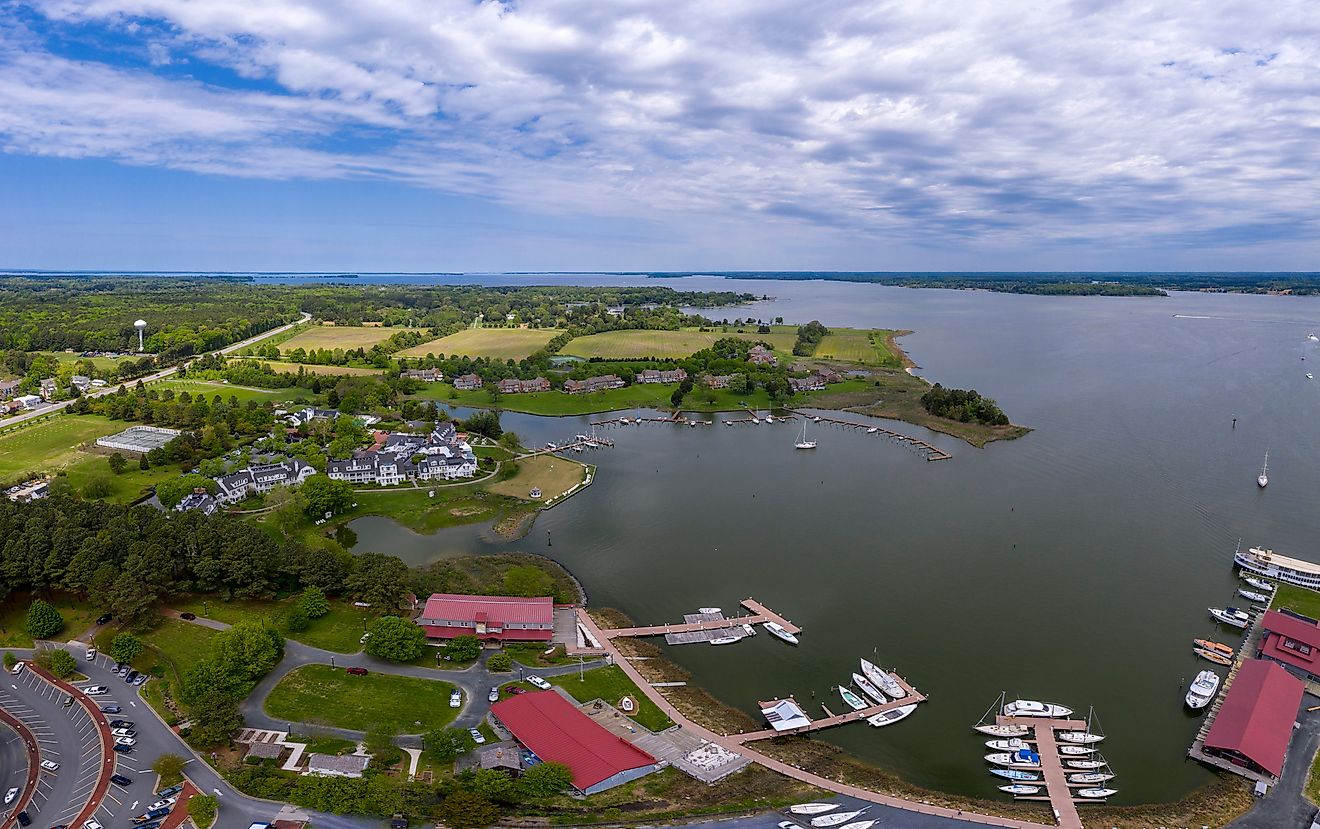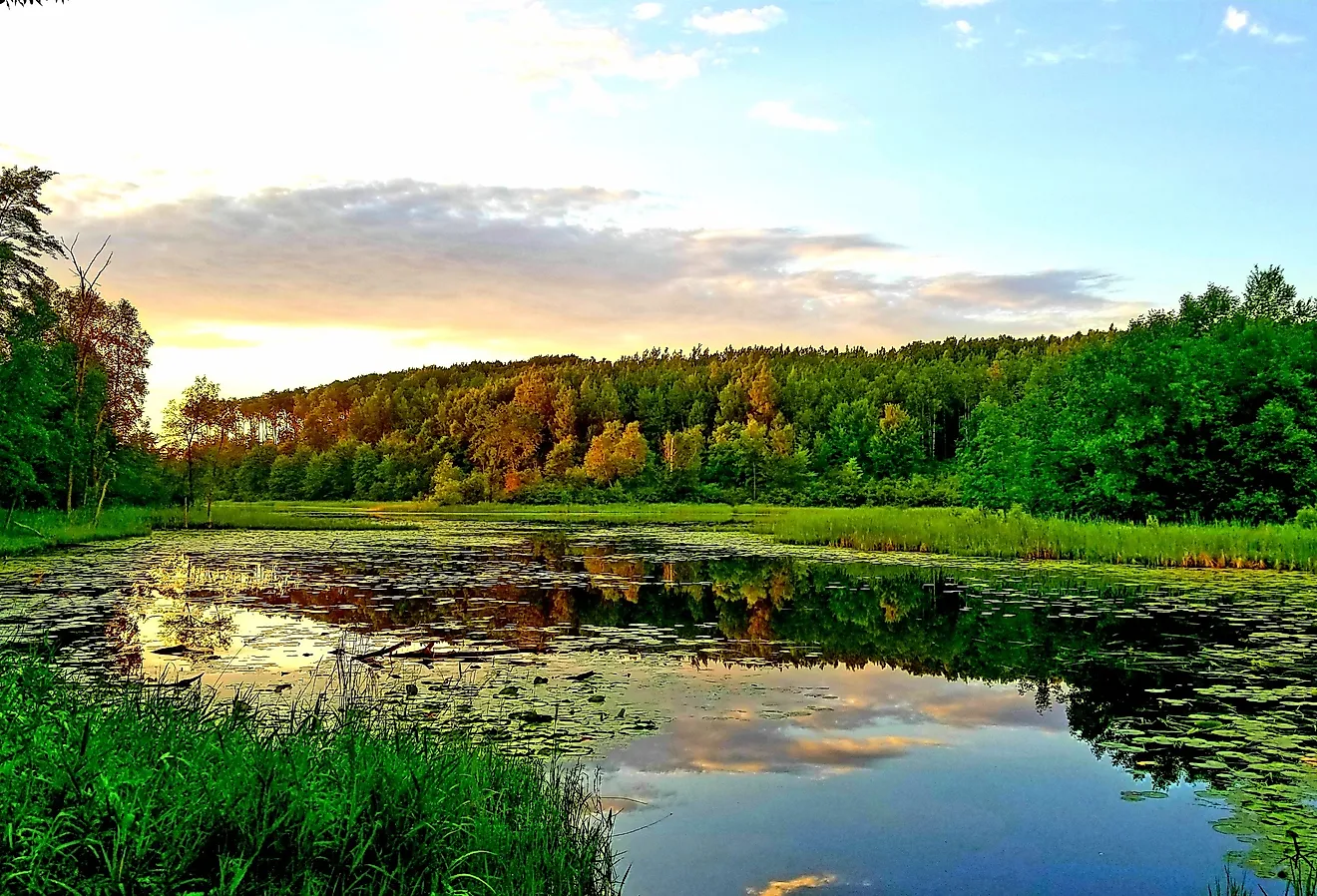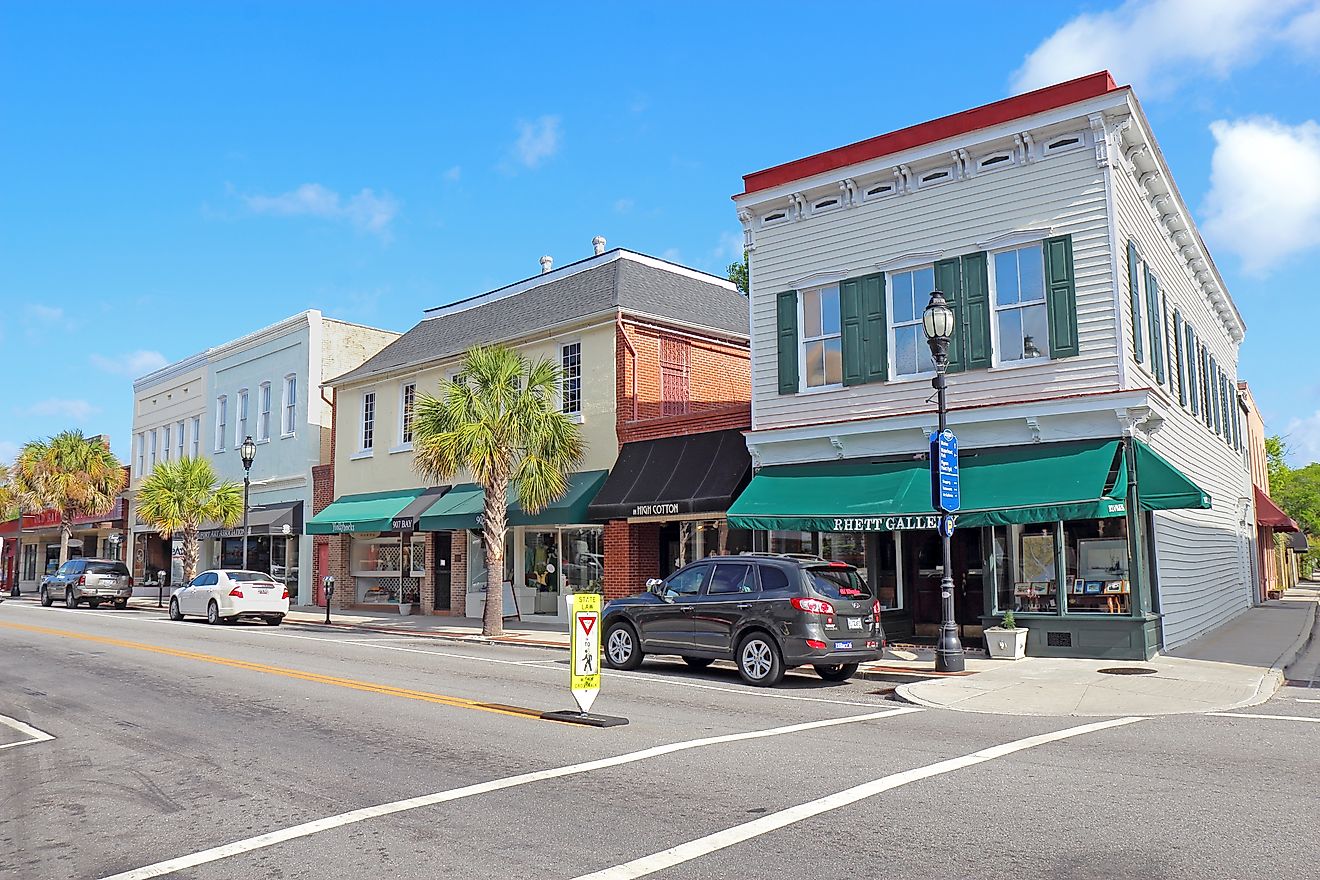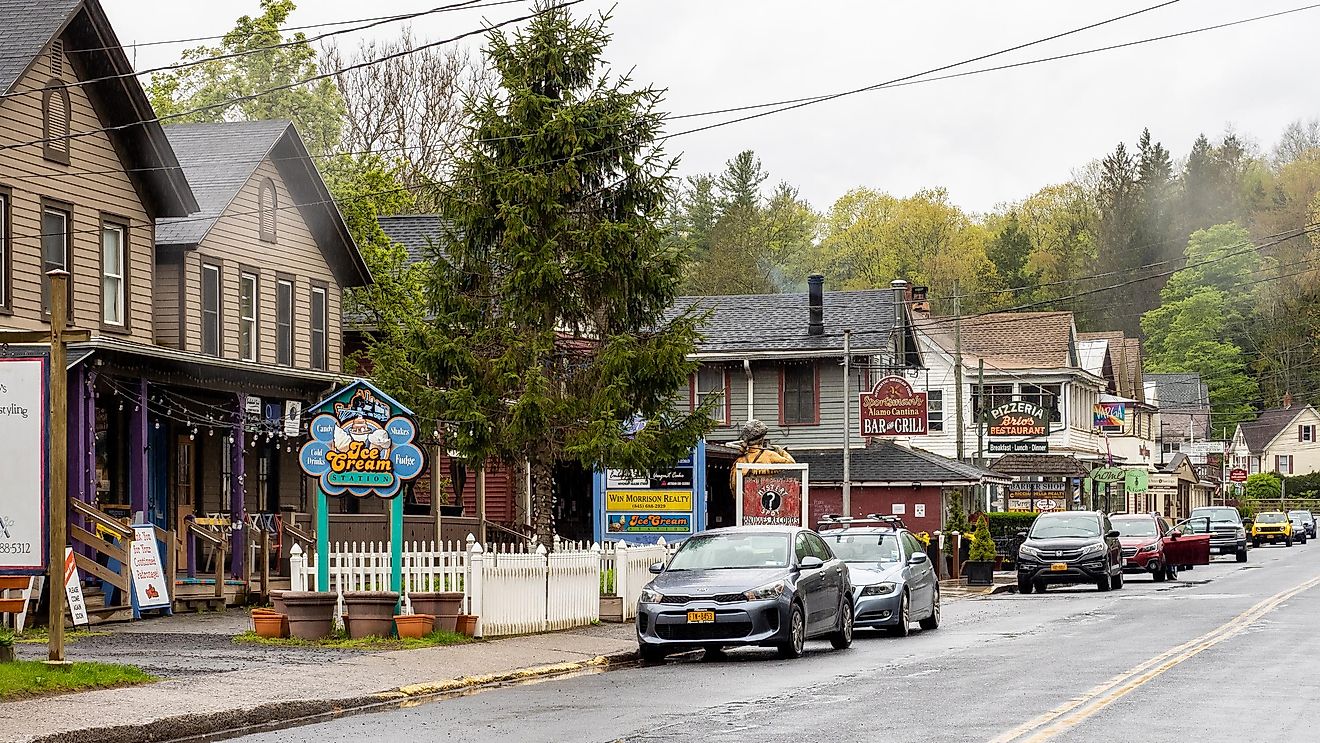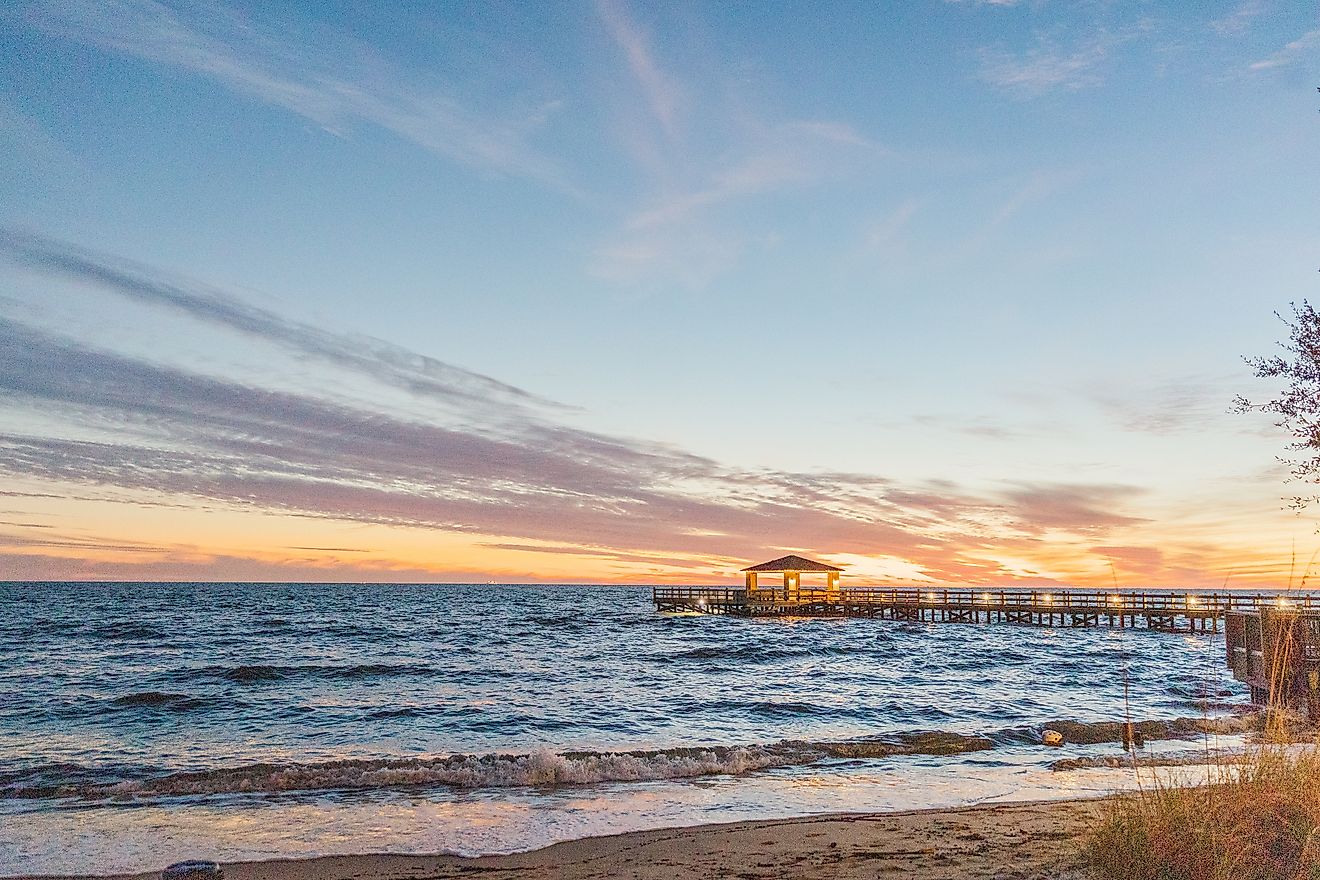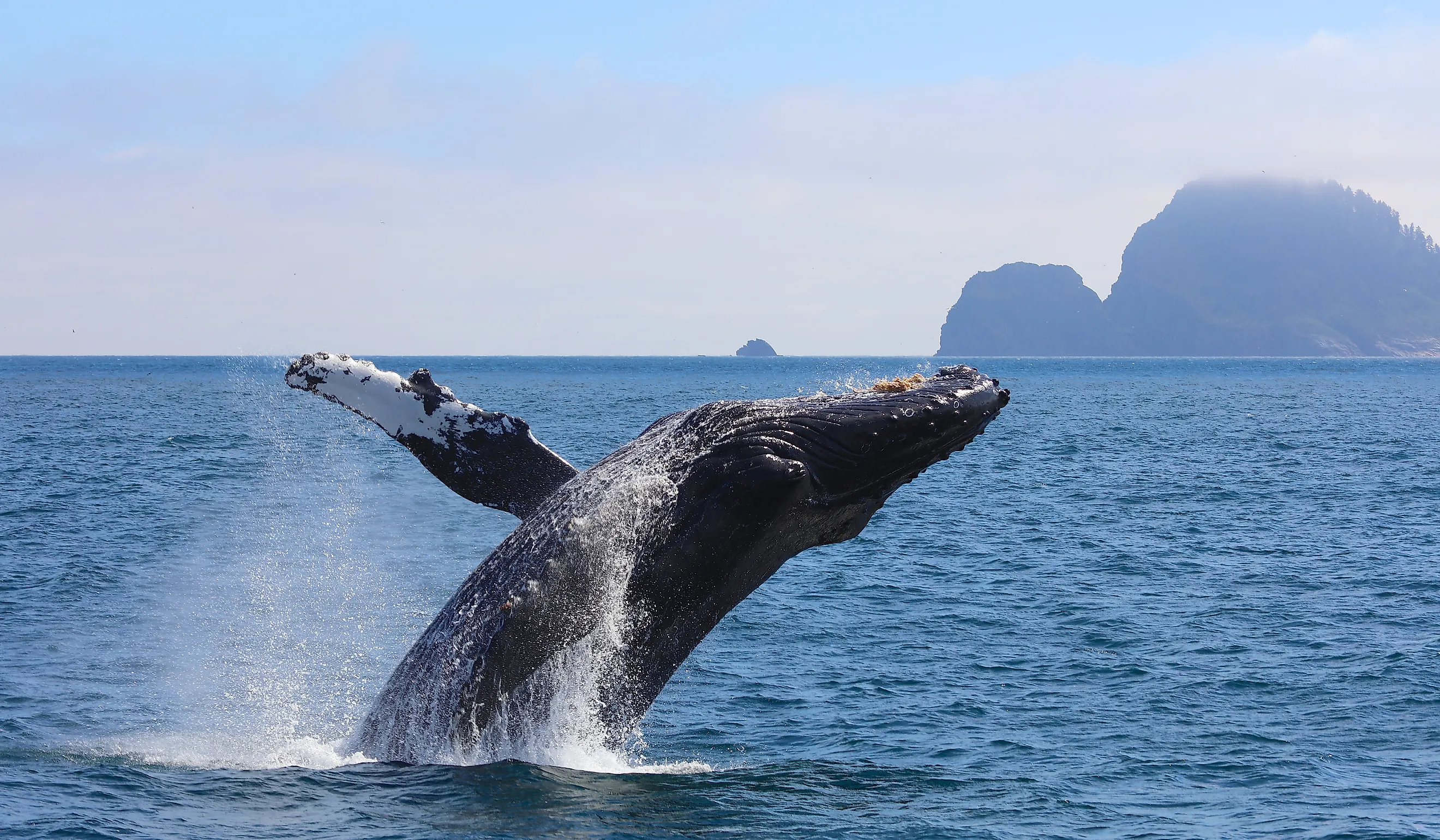
Kenai Fjords National Park, Tidewater Glaciers And Breaching Humpback Spectacles
They don’t call Alaska “the last frontier” for nothing. If vast, rugged landscapes with few people in sight are among your favorite things, there’s no better U.S. state to explore. But Alaska’s coasts are especially full of scenic views and ecological treasures. Take Kenai Fjords National Park, one of only three in the state that’s accessible by road — but which you will most definitely want to enjoy from the water.
It’s the Alaska of cruise ship brochures: imagine the towering dorsal fins of a pod of orcas cutting through the glassy black-blue sea against a backdrop of glaciers spilling through every gap in the surrounding mountains. From the salmon run to the humpback migration, it’s a place where abundant life meets unbelievable beauty. Kenai Fjords National Park combines tidewater glaciers with the spectacle of breaching humpback whales — and so much more, if you’re willing to put in the legwork to find it.
The Basics: Location & Park Geography
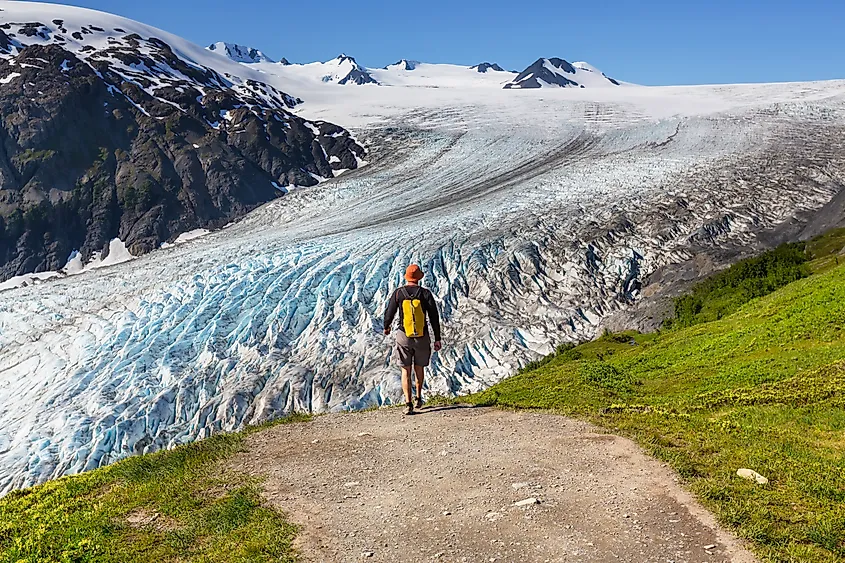
Of Alaska’s eight national parks, Kenai Fjords is one of the least painful to access. Visitors usually fly into Anchorage, the capital of Alaska and its largest city, and then drive two hours or take a short flight to the town of Seward. From there, it’s a short drive along the park’s only road to Exit Glacier, an icefield we’ll be talking about at length in just a bit.
However, don’t be deceived by the road access: Kenai Fjords National Park is a park that absolutely cannot be fully appreciated if you don’t get out on the water. Located along a peninsula in southeastern Alaska, it’s surrounded by water on three sides, and much of its most spectacular wildlife is of the marine persuasion. Though a tiny section of the park can be accessed by car, and intrepid trekkers can explore the spectacular icefields on foot, it’s really most rewarding to get a whale’s-eye view from the water.
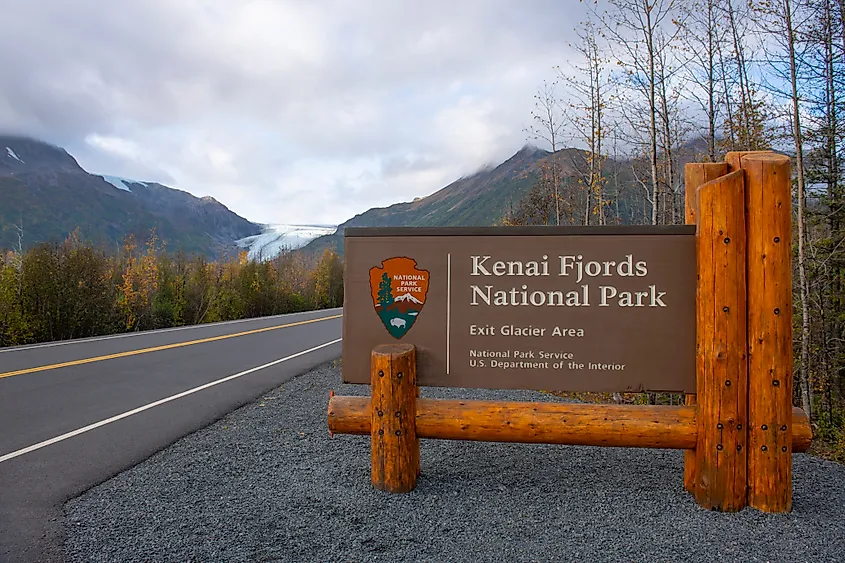
That’s largely because of the unique glacial geography of the park. There are many places on earth where extensive glacial activity during the last Ice Age shaped the landscape, but in most of those places, the glaciers receded tens of thousands of years ago — not so here. Kenai Fjords National Park is perhaps best-known as a place where glaciers, in the form of the spectacular Harding Icefield, are still at work today. 50% of the park is covered in these “rivers of ice,” slow-moving masses of compacted ice and snow that carve up the landscape as they move through it.
But it’s not called Kenai Glaciers National Park, so you may be asking another question about the park’s geography: what’s a fjord, anyway? And you’d be right to ask — found in only six regions on earth, fjords are one of the most unique attributes of Alaska’s coast.
During the Ice Age, especially thick glaciers in certain regions carved out incredibly deep U-shaped valleys as they passed through. When the glaciers receded and sea levels rose, seawater began to fill those valleys. Today, glacial meltwater mixes with the saline seawater in fjords to create estuaries. Alaska is one of the few places on Earth that you can see a fjord and its abundant marine life for yourself — hence the name of this fjord-filled National Park.
Park History
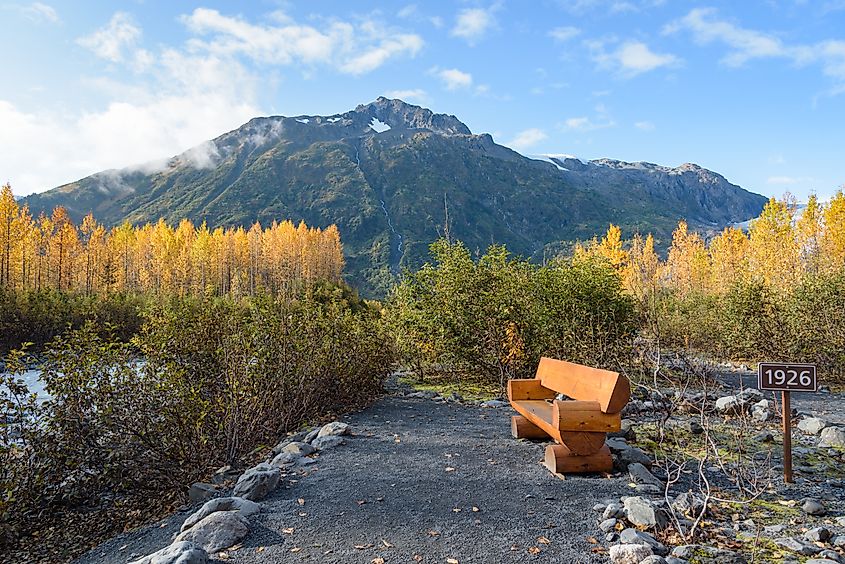
Kenai Fjords may have an ancient history, but its history as a National Park is relatively recent. While some National Parks had a long road to designation, Kenai Fjords was one of 17 national monuments in Alaska created in a single presidential order by Jimmy Carter in 1978. Carter intended for the area to be declared a National Park as quickly as possible, but local opposition stalled the designation for eighteen months.
Because the nearby town of Seward previously depended on resource extraction, namely the timber and fishing industries, the idea of setting aside such a large expanse of land (to the tune of 570,000 acres) was unpopular with locals. Protests abounded, but the park was designated anyway in 1980. Happily for those locals, though, tourism became a huge contributor to the local economy, and Kenai Fjords National Park is now the town of Seward’s claim to fame.
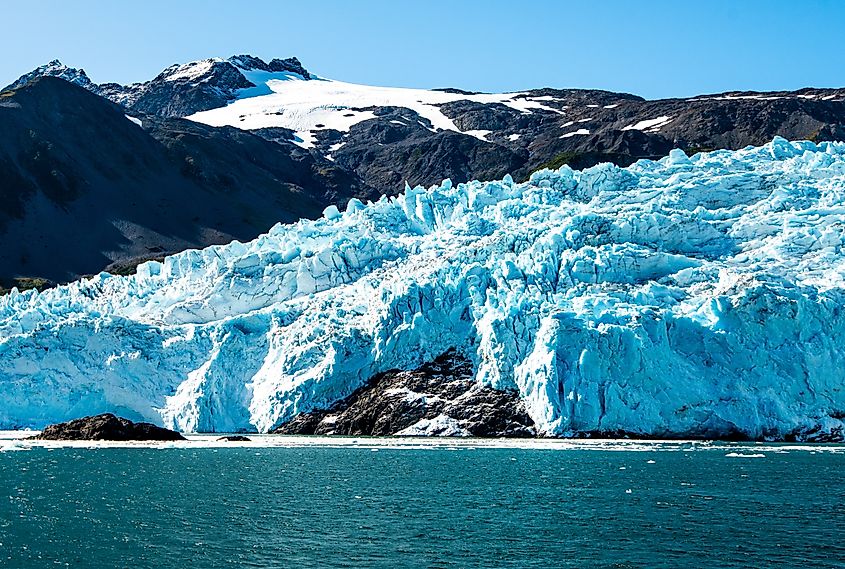
That said, Kenai Fjords National Park’s human history far predates any National Park Service intervention. The Sugpiaq people, a Native Alaskan culture that has subsisted off the resources of Alaska’s rich southern coast for over a millennium, are the area’s original inhabitants. Though they no longer practice traditional subsistence harvesting within the park, Sugpiaq customs are alive and well in the region, and protecting the park’s ecosystem is critical for maintaining the health of the surrounding natural habitats on which the continuation of such practices depends.
Found Nowhere Else: Iconic and Unique Park Features
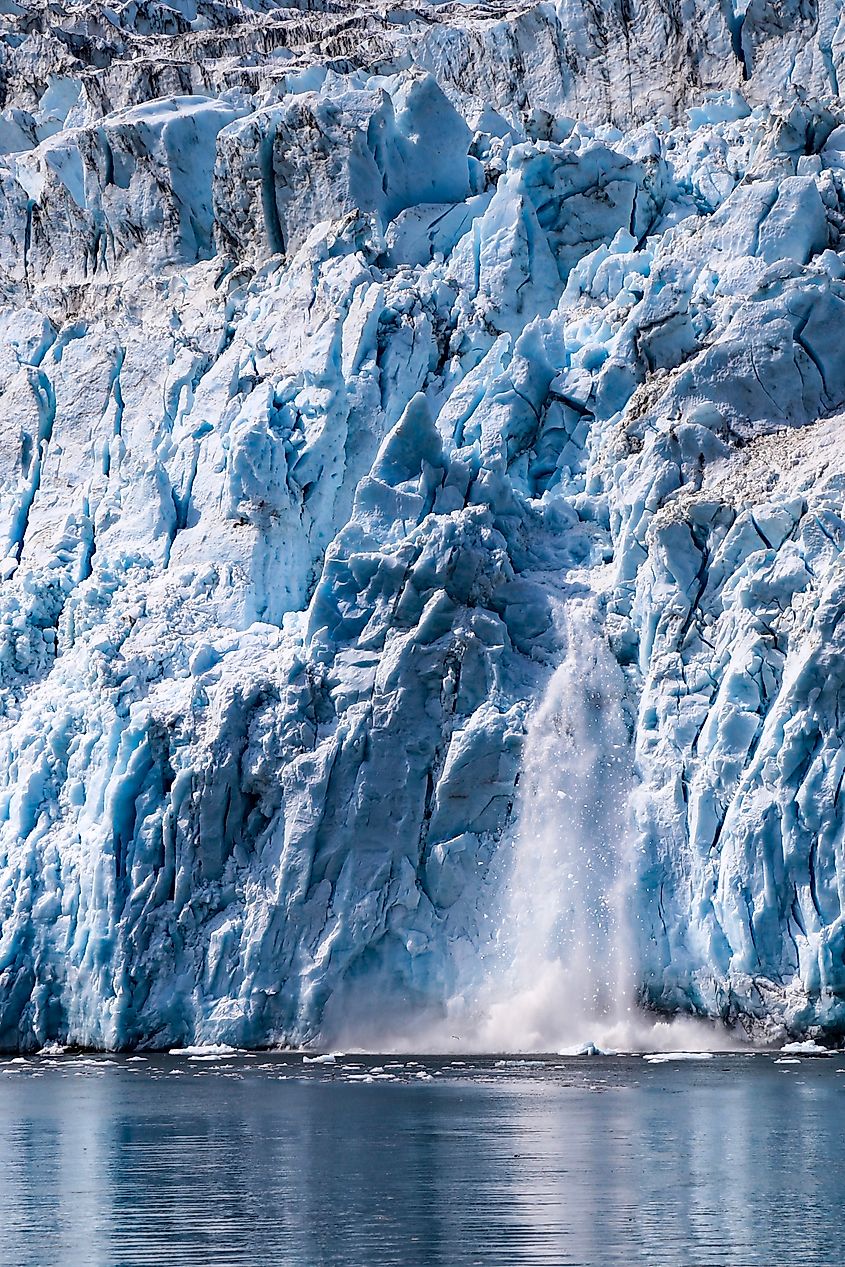
It’s the sheer volume of glaciers in Kenai Fjords National Park that stands out to most visitors. The Harding Icefield spawns over thirty individual glaciers, many of which are at sea level rather than tucked away in mountain crevices like the majority of glaciers worldwide. Glaciers of this type are called “tidewater glaciers,” and there are only a handful of places on Earth that you’ll ever see them.
But the park’s namesake fjords are arguably just as unique. Although Kenai Fjords National Park isn’t the only place in Alaska where you’ll find these ecosystems, there are only seven in the state. (For comparison: there are only ten fjords in the whole of the United States.) Moreover, only a handful of countries in high latitudes with extensive seacoasts boast fjords.
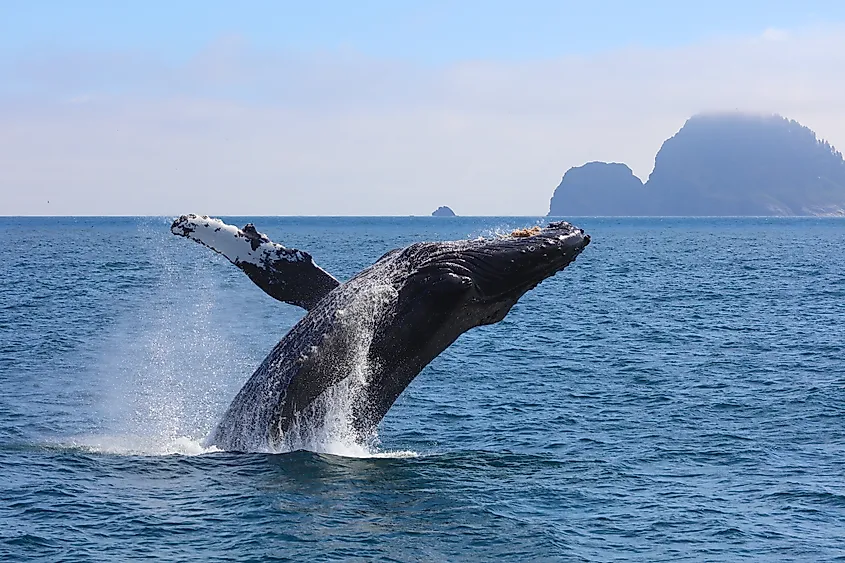
And you can’t talk about Kenai Fjords National Park without noting one of the most enjoyable parts of any visit: the chance to spot a whale. The rich marine estuaries of the fjords are home to dozens of bucket-list species, and six species of whales are found regularly in the park. But the stars are unquestionably the humpback whales that spend their summers feeding in the nutrient-rich waters of Alaska’s bays and fjords.
Powerful but peaceable, the humpback whale is an iconic symbol of the state. They feed on the microscopic plankton in which Alaska’s cold waters are rich and spend the summers fattening up before returning to their warm-water wintering grounds in the colder months. Kenai Fjords’ unspoiled estuaries are no exception. And if you get out on the water, it doesn’t take much luck to spot one in the summer months. Lucky visitors might even catch a breach, a whale behavior as mysterious as it is photogenic — for whatever reason, humpbacks are known to leap out of the water on occasion.
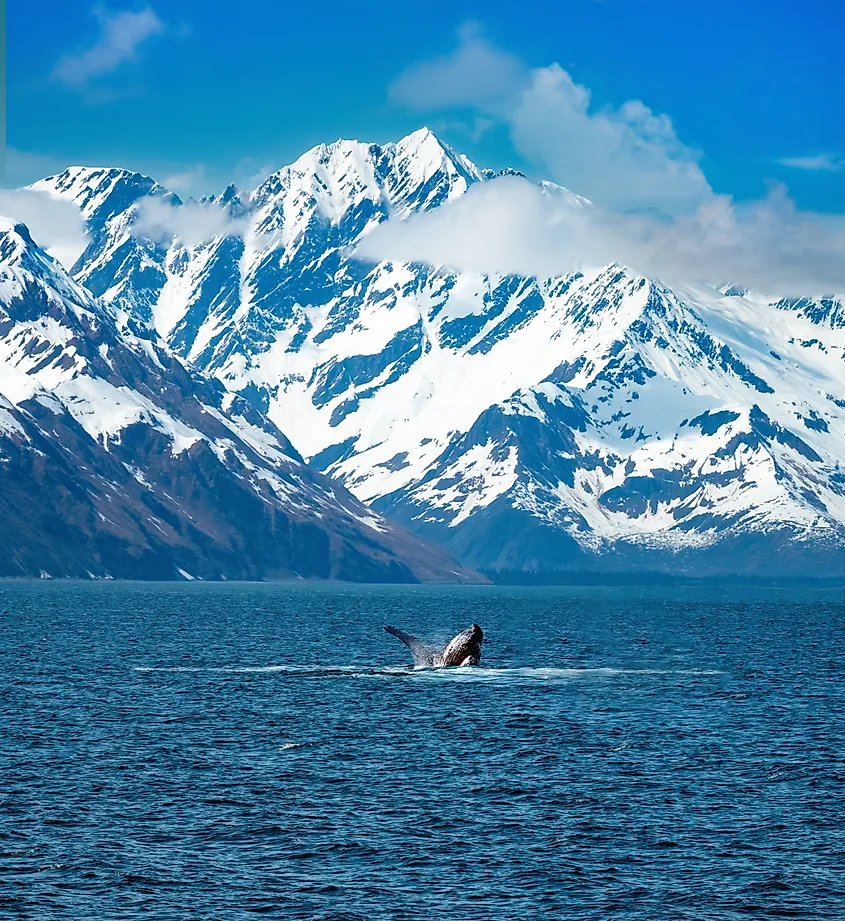
No one knows why whales breach, but when you think about the impractical effort it takes to hurl thirty tons of whale out of the water, it’s easy to imagine they’re doing it for the fun of it. Or maybe they’re just showing off: a breaching humpback makes for the shot of a lifetime if you can get it on camera.
Things to Do

Whatever your Kenai Fjords plans, it’s absolutely essential to make sure that you include a water-based adventure in your itinerary. If you want to see humpbacks, orcas, sea otters, or any of the park’s other charismatic marine species, your best chance is to book a boat cruise with one of the many tour operators in Seward. Plus, you may even get to watch a glacier calving (losing chunks of ice into the water below). More adventurous visitors can hire a kayaking guide and paddle the fjords themselves, although taking a kayak out alone is not recommended for safety reasons.
Complement your seaside tour of the park with a taste of its land-based wonders at Exit Glacier, the only part of the park that’s accessible by road. You can join a ranger talk or simply marvel at the sculpting work of the glacier on your own. Either way, it’s an easily-accessible and relatively low-exertion activity that’ll help you understand how this remarkable landscape came to be.
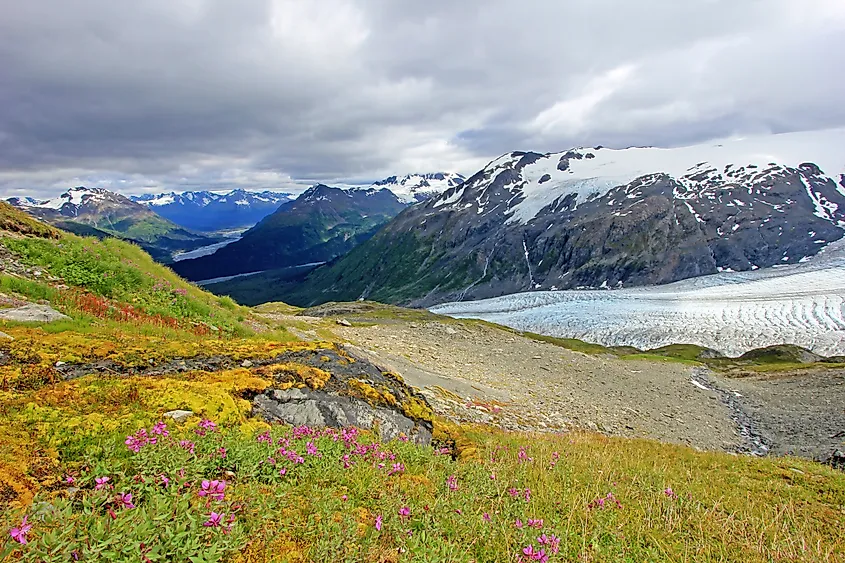
And if you’re willing to brave bears, steep slopes, and ever-changing conditions, Exit Glacier is also the gateway to the Harding Icefield Trail. This 8.2-mile hike through the glaciers is strenuous, but it rewards intrepid hikers with some of the best land-based views in the park. Park staff don’t recommend attempting the trail outside of the summer months unless you’re a highly experienced mountaineer.
Oh, and if you have money to burn, you can always get those views effort-free by chartering a flightseeing plane to show you the park from above. Expensive? Hugely. Worth it? You decide.
A Far-North Adventure
Even as one of the more accessible Alaska National Parks, Kenai Fjords is — pardon the very Alaskan pun — a bear to get to. It could easily take three or four forms of transportation to see what this park has to offer! But if the ominous beauty of ice-choked north and the myriad creatures that thrive there are calling to you, you can find no more beautiful encapsulation of the magic of coastal Alaska than this national park. No matter how many return trips you might make, it’s a once-in-a-lifetime place.
